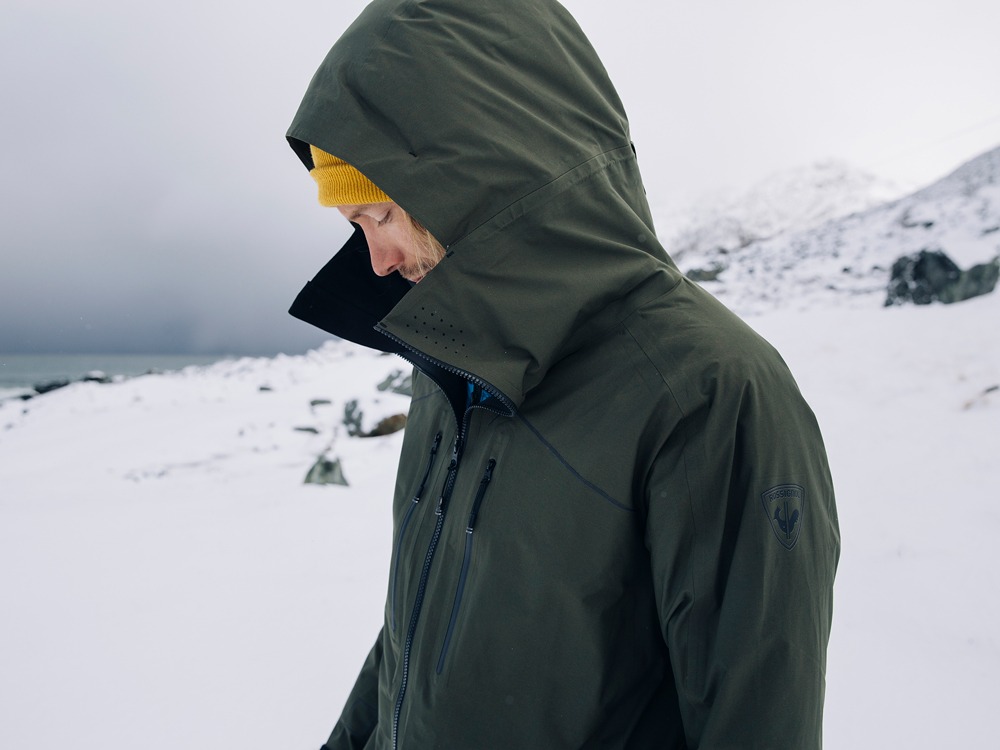What you must look out for in functional clothing
- minutes reading time
No training without the right sportswear - because nothing is worse than poorly fitting, wet and damp or uncomfortable clothing during a sweaty sports session. How much influence clothing has on training is shown by the incredibly large selection of training clothing.

1. cut & processing
Every sport has its own special requirements: cyclists and runners want functional clothing that is as tight as possible. There should be no flapping of the body or fluttering in the wind. When hiking, on the other hand, it should be a little “lighter”. Depending on the discipline, sportswear must therefore guarantee the necessary freedom of movement. And the workmanship should also be right. Products with special flat seams or so-called bondings, where the individual fabric ends are welded together, should be preferred. This ensures that there is no unpleasant pressure or pinching anywhere.

2. Material
At least as important as the right cut is the material of the sportswear. Depending on the weather, training circumstances and type of sport, it should warm or cool, protect and/or compress. While cotton is widely used in everyday fashion, there are hardly any cotton products left in the sports segment. The reason: even though cotton feels good on the skin, the sweat absorption quality of cotton is rather meagre. This is because the fibers absorb moisture very quickly and then stick to the skin unpleasantly wet, damp and heavy.
Many manufacturers therefore rely on synthetic fibers, such as microfibers and polyester. These are light and hardwearing, retain their shape and do not crease. Another advantage of synthetic fibers is that they transport moisture well and dry quickly when you sweat. Breathable functional clothing also guarantees optimum moisture and temperature regulation. It prevents the body from overheating or cooling down during exercise. Depending on the material, functional garments can be breathable, insulating, windproof or windproof as well as water-repellent or waterproof. This is especially important when rain showers, wind and unsettled weather are to be expected.

3. Onion principle
How does the onion or layer principle work? The onion principle describes the combination of several layers of clothing in order to achieve an optimal body climate and to be prepared for changing temperatures and weather conditions. For example, if you combine different thin layers of functional clothing with each other, moisture is wicked away from the skin and the body always remains pleasantly warm and dry. The onion principle is therefore ideal for transitional periods such as autumn or spring. Because the best thing about the onion or layer principle is its flexibility: if temperatures rise, a layer can be quickly removed. If it gets colder or if it starts to rain, the layer can simply be put back on. The most important thing is to understand the different layers of functional clothing as an overall concept. The different layers of clothing should therefore be well coordinated in terms of their function, i.e. moisture and climate management. Because only in this way can they provide an ideal body climate.
We therefore recommend the 3-layer principle:
Base layer: Includes all garments that are worn directly on the skin, e.g. underwear and socks. These should consist of moisture-regulating functional materials (e.g. polyester or polyamide) and be breathable, quick-drying, temperature-regulating and, if necessary, heat-insulating.

Insulation layer or midlayer: The second layer provides sufficient warmth as an insulation layer and is therefore very much dependent on the respective weather conditions and climatic as well as sporting requirements. Whether sweaters, outdoor blouses and shirts, vests or light jackets: here too, it is advisable to rely on functional materials. Products made of polyester, fleece, cotton or softshell are particularly recommended. When combining several midlayer layers, it is important to pay attention to the breathability and moisture absorption of the materials. In general, the products should be heat-insulating, light, breathable, elastic, quick-drying, wind-resistant or windproof and water-repellent. Depending on the climate, you should choose somewhat thicker insulation jackets.

Weather protection layer or shell layer: The outermost layer is responsible for weather protection. Whether rain, snow, hail or wind: Functional weather protection or rain jackets keep wind and moisture out thanks to their integrated membrane, while ensuring sufficient breathability. Whether rain jacket or poncho, hardshell or softshell jacket: the most important properties here are definitely wind and waterproofness as well as breathability and sufficient durability.

Our conclusion: When buying functional clothing there are a few things to consider. However, if you consider a few important purchasing criteria and combine the individual items of clothing cleverly with each other, then you will be able to defy all weather conditions. So don’t be afraid of bad weather – only of bad clothing!
Comments (1)
Write a comment